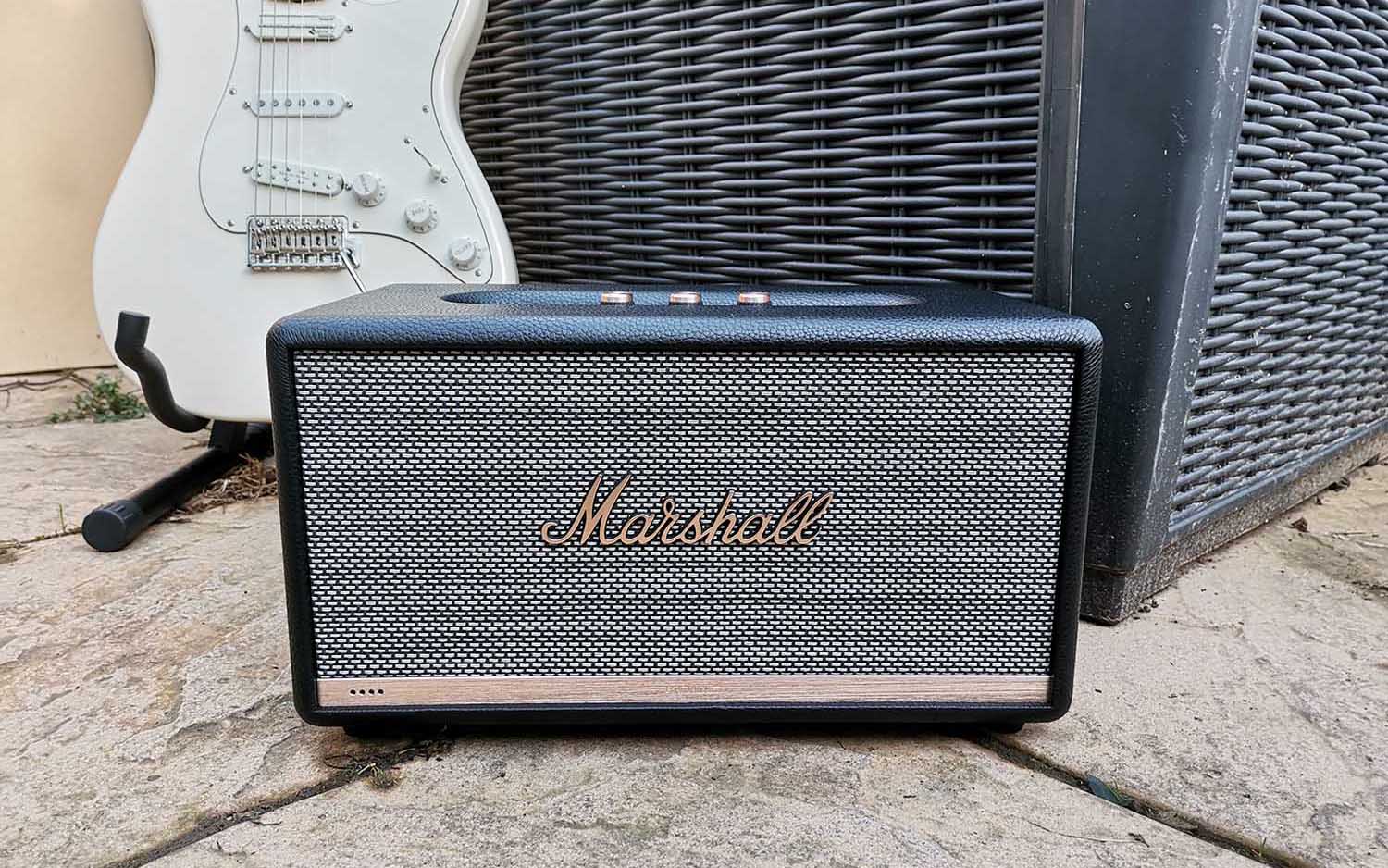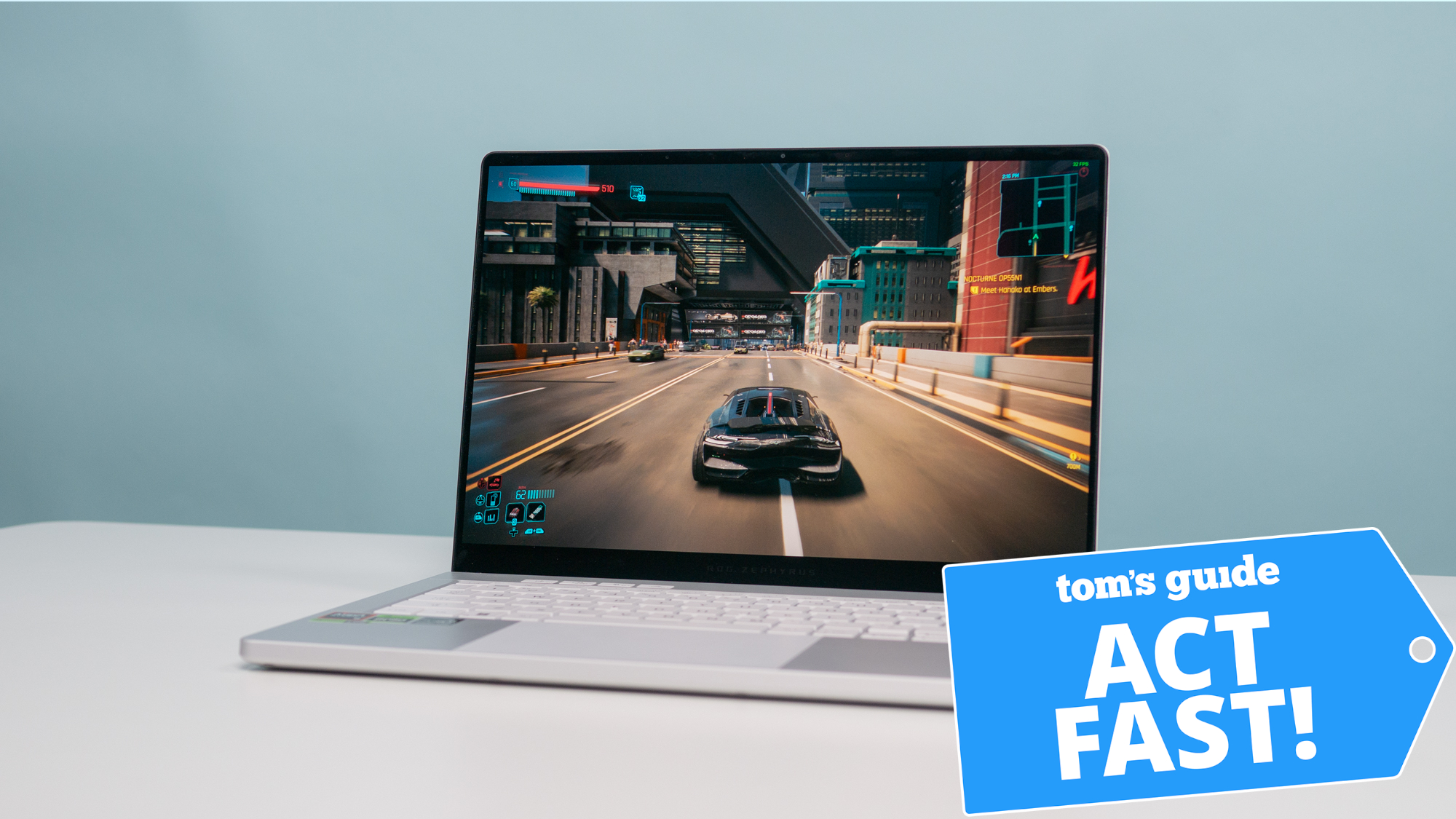Tom's Guide Verdict
For those who are about to rock, the Stanmore II has just about everything you need--as long as you don’t mind spending a big chunk of money.
Pros
- +
Great looks
- +
Brilliant big sound
- +
Easy to set up
Cons
- -
Chunky and heavy
- -
No battery option
- -
Pricey
Why you can trust Tom's Guide
Marshall is best known for its vast amp range but in recent years it has used its audio prowess to muscle in on the Bluetooth speaker market. The $399.99 / £349.99 Marshall Stanmore II Voice sees Marshall emulating its amp’s looks with this device. Put it side by side with one and you would be hard pushed to tell the difference, except the accompanying knobs are situated on the top of the device and not the front.
But that’s the point of this Bluetooth speaker, it’s for those who want that look and for their music to be both loud… and with added voice control. Which voice control is really up to you—there’s both an Alexa and Google Assistant variant available. For the purpose of this review, we went with the newer Google Assistant compatible speaker. Whichever model you choose, you’ll enjoy the combination of powerful sound and retro design.
Design and features
The Marshall Stanmore II Voice is one old-school looking device. It’s a far cry from the likes of other unassuming smart speakers, such as Google Home or Amazon Echo. Size wise, it’s a bit of a beast. It measures 13.78 x 7.68 x 7.28 inches (350 x 195 x 185 mm), so its footprint is more akin to the Google Home Max.
This isn’t a speaker to try and hide away on a shelf—not that you would want to, given how great it looks. It weighs 10.3 pounds (4.75 kg), so we wouldn’t exactly call it portable—a lack of rechargeable battery also puts that idea to bed.
The analog knobs can be used to change the volume, tweak the bass and the treble.
While it may look like something primed to hook a guitar up to, the Marshall Stanmore II Voice’s innards are far more advanced than that. This is a Bluetooth (5.0 and aptX) speaker, which has Wi-Fi on board and the dulcet tones of Google Assistant (or Alexa, if you prefer) can also be found within the wood and vinyl exterior.
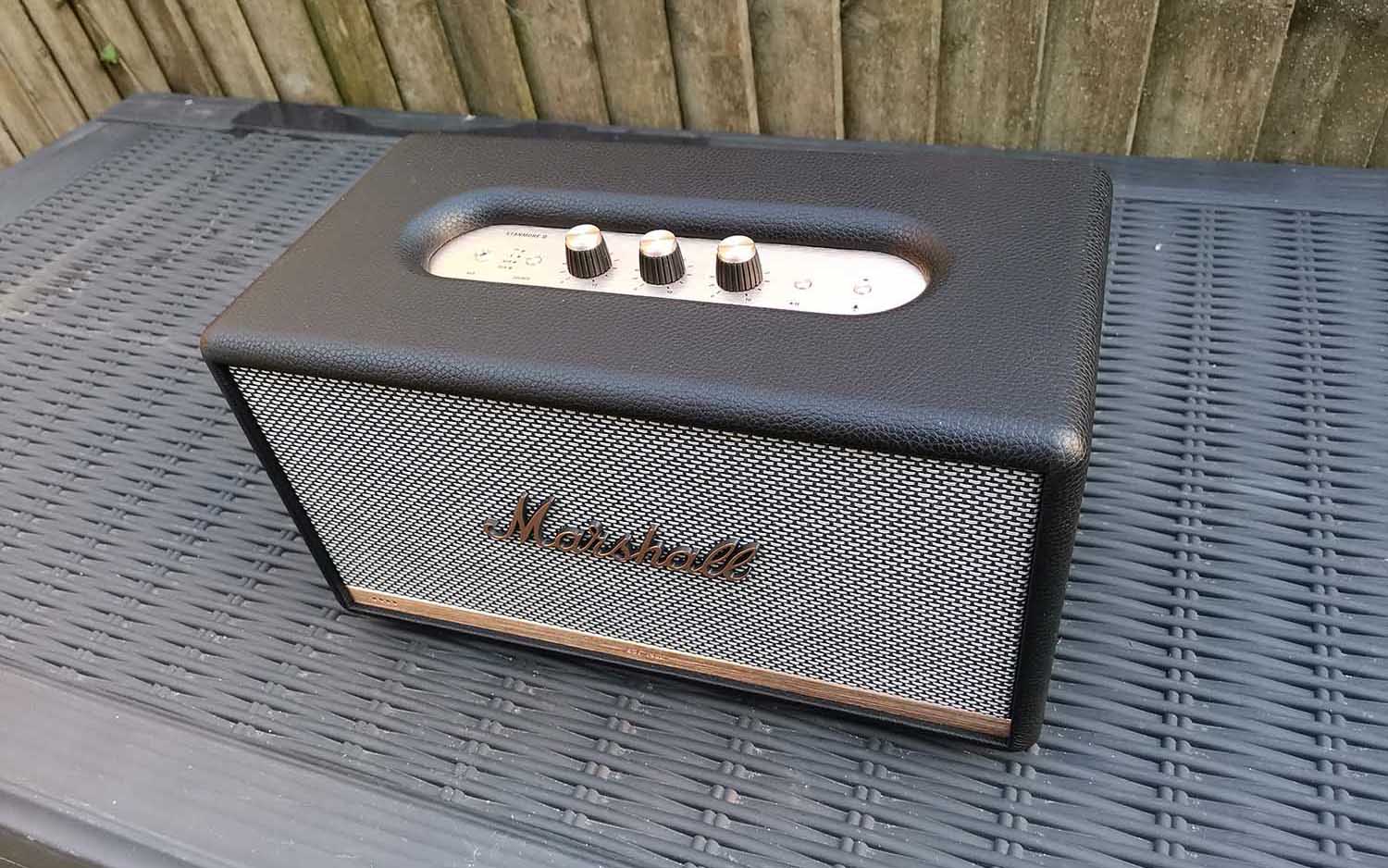
To polish off the Marshall look, there’s some brass plating, nice LED lighting (around the volume, bass and treble controls and at the front of the device), and twiddly knobs that are made out of rubber and metal, which is a change to the brass ones that the original Stanmore used.
Setup
Setting up a smart speaker always falls into two camps: an absolute breeze or ‘if you don’t connect, I’m going to put my boot through you’. Lucky for my foot—as it’s highly likely I would break a toe—it was an absolute breeze to set up.
MORE: Best Smart Speakers - Wi-Fi Speakers With Virtual Assistants
Flick the speaker on, head to the Google Home app, and you’re good to go. This is a little easier than the Amazon Alexa version of the device, where you have to also download Marshall Voice app. It does mean you do lose the opportunity to fine tune the music through the Marshall app, which also has some music presets. But you can do this yourself through the analog knobs. These can be used to change the volume, tweak the bass and treble and, once clicked, play, pause and skip tracks. I mostly used Google Assistant to control the speaker, but it’s a lot of fun this way, too.
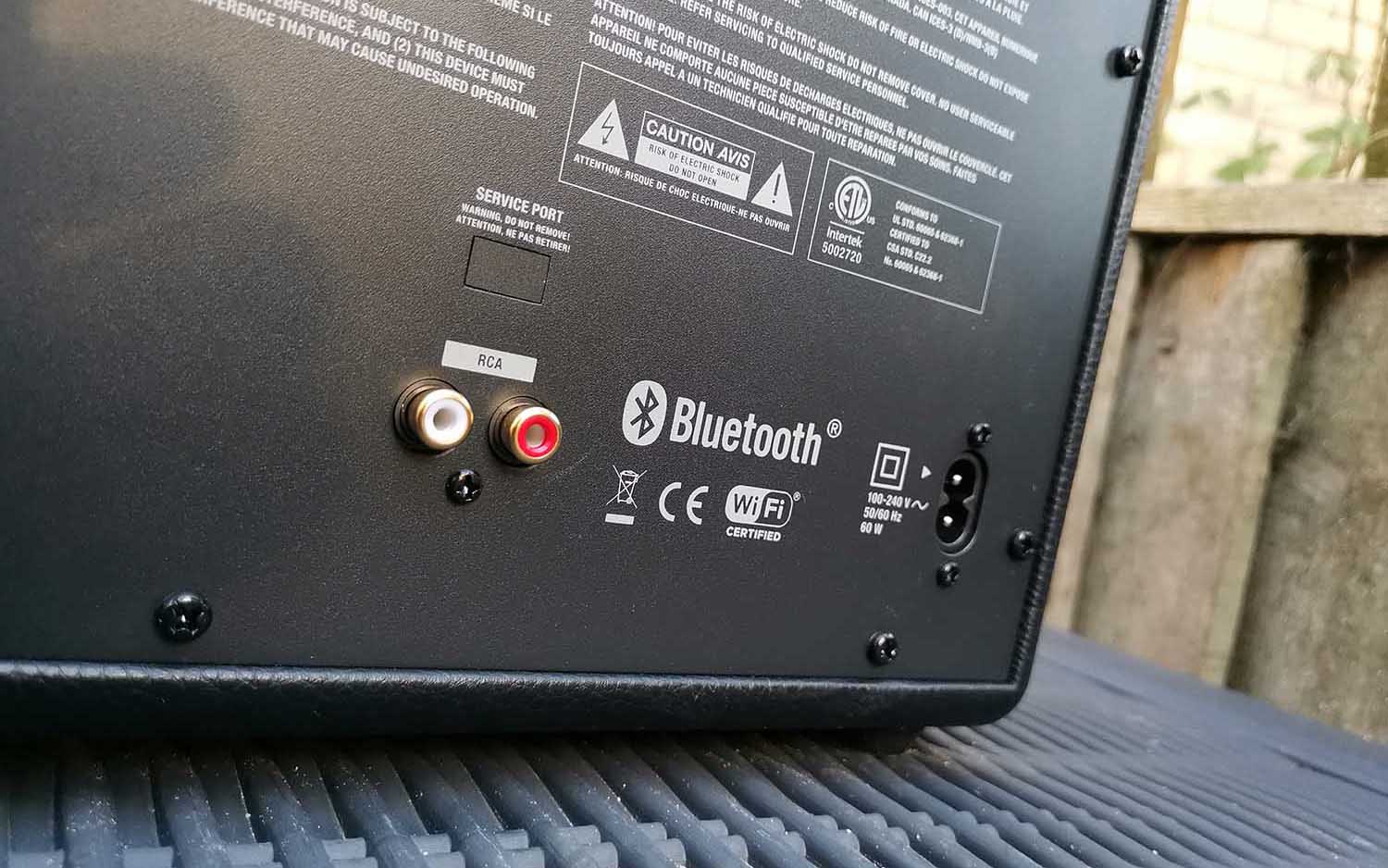
If you wanted to go even more old school, there is also an aux port situated on the back of the speaker. You will have to find your own aux cable, though, as there isn’t one supplied with the speaker.
Sound and performance
The Marshall Stanmore II Voice has a bold, brazen sound that fills the room when turned up, but not at the detriment to the audio quality. Bass may be thunderous, hitting with a thud when a song allows it, but there is still enough room in the mids and trebles for a song to breathe.
The Marshall Stanmore II Voice has a bold, brazen sound that fills the room when turned up, but not at the detriment to the audio quality.
Most of the tracks we tried on the speaker were guitar based, for obvious reasons. The cowboy jangle of Bon Jovi’s Wanted Dead or Alive was much more alive than dead. Chuck Berry’s Johnny B Goode was, well, better than good. The song’s iconic guitar riff, originally played on a Gibson guitar and (whisper it) through a Fender amp, sounded immediate and surprisingly fresh, then when the band kicked in the amp served the bigger sound well.
MORE: 11 Cheap Bluetooth Speakers (Under $50), Ranked from Best to Worst
Fast-forward some 50 years and the bass thud of Seven Nation Army by The White Stripes thrummed as well as I hoped it would.
MORE: Best Bluetooth Speaker - Great Sounding, Portable, Wireless
Throughout this track you can hear all of the 50 watts the sub has get to work. This is complimented by two 15 watt speakers for the tweeters.
I didn’t need to do too much tweaking to the bass and treble, despite the option to do so through the physical controls on the speaker.
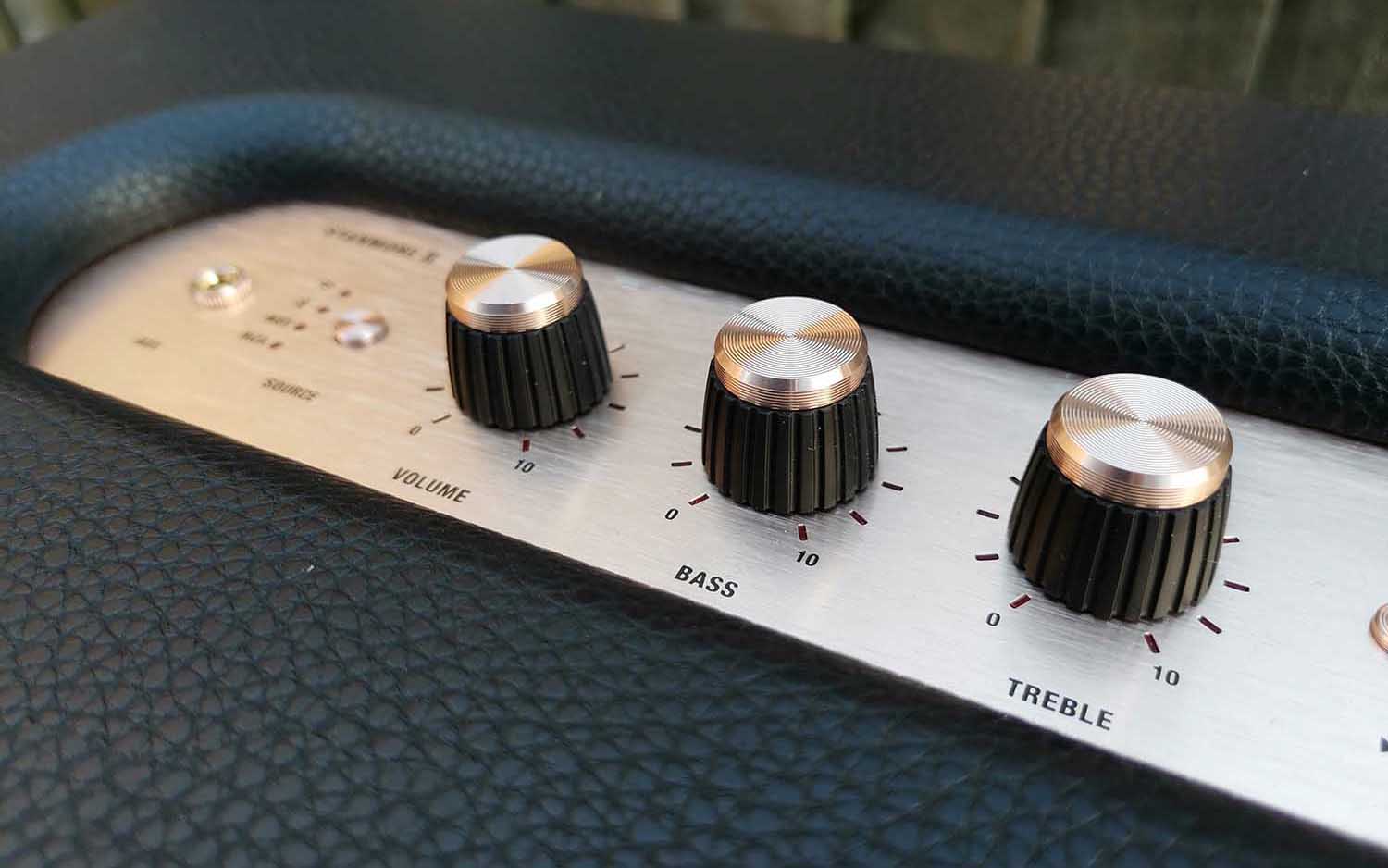
For the most part, though, I ignored the knobs and used voice controls. If you have used Google Assistant before, then you know what to expect—voice control works well on this speaker and, once you have enabled control through the Google Home app, the Stanmore II can become the face of your smart home. And what a face it is.
Bottom Line
The Marshall Stanmore II Voice is a stylish smart speaker that has striking looks that are a lot more memorable than the Homepods and Echos of the world. Granted, the amp-like exterior is not for all but this Marshall offers something a little bit different.
Its sound is big and bold, too. While the accompanying Marshall app is a little barren, it’s music presets work well and Google Assistant is seamless.
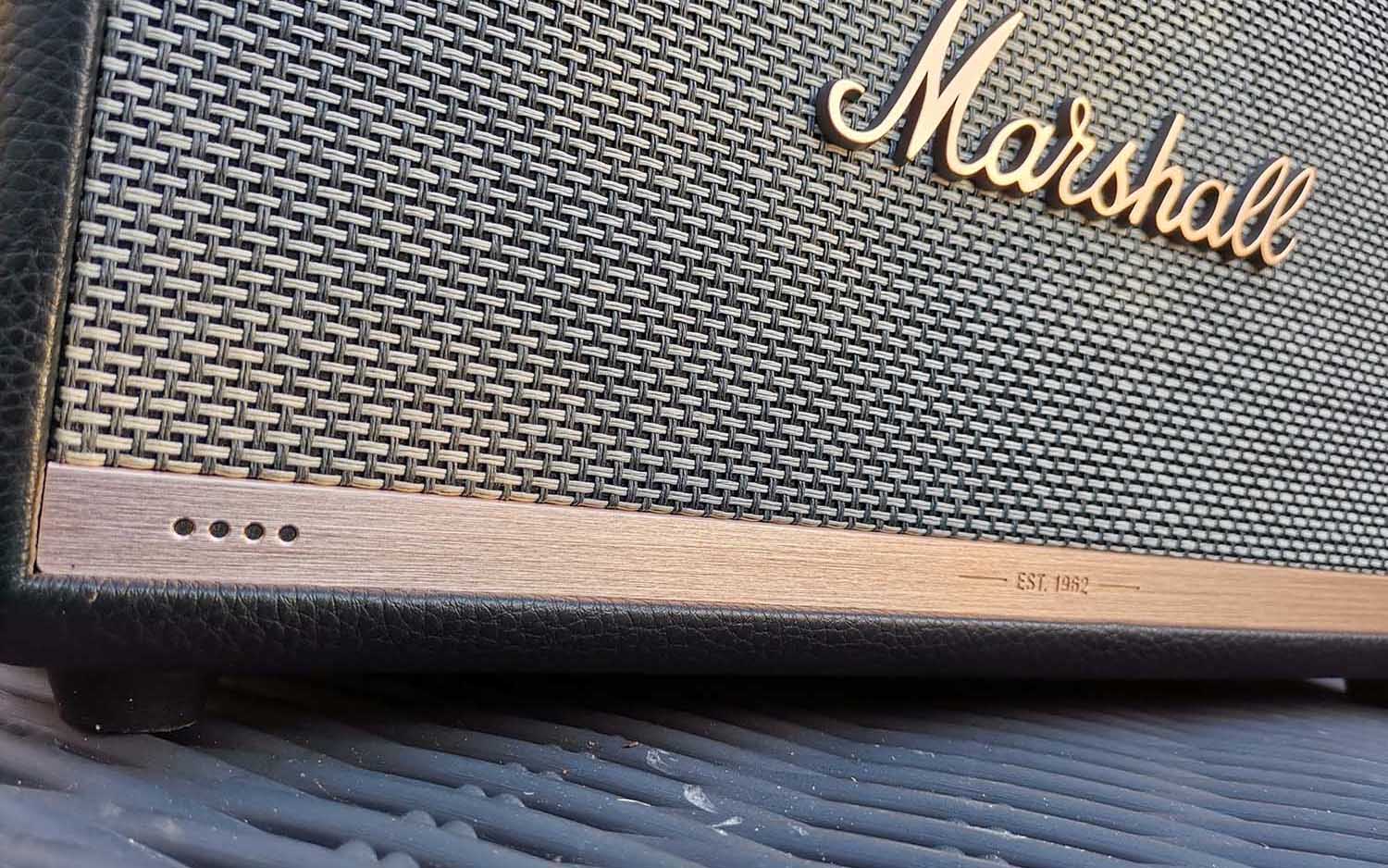
This is a Bluetooth speaker rockstar—one with swagger, stage presence and more than its fair share of musical talent. It’s not cheap at $399, but it sure is cheerful.
Credit: Tom's Guide
Marc Chacksfield is Director of Shortlist Media and Editor-In-Chief of Shortlist. He's been a technology and entertainment journalist for 15 years and was previously UK Editor In Chief at Tom's Guide, TechRadar and Digital Camera World. He's also written for the likes of T3 and Tom's Hardware. In his spare time he tries to play guitar, PlayStation and supports Chelsea.
